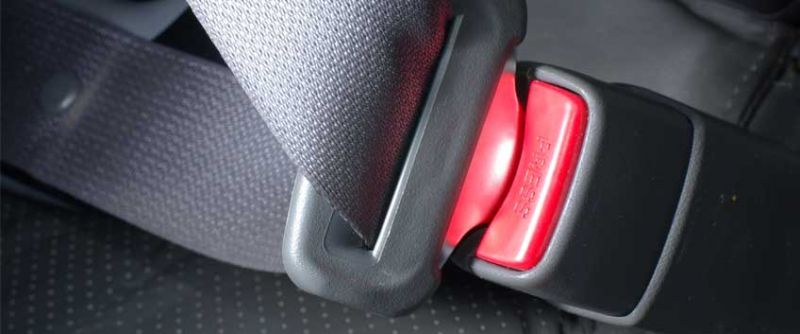Car safety – Part 1
Well, car safety is always a current topic, doesn’t it? Besides the fact that many car fans, driving enthusiasts and simple users are always enthusiastic, when it comes to extras, looks, speed, specifics and innovations, the car safety topic won’t leave the pages of vehicle magazines and hundreds of professional and amateur blogs any time soon.
A recent statistics, for example, show us that the tendency in Europe is for higher speeding fines in an accomplishment to the digital speed cameras used for the last few years in order to control the risk. Despite the upsetting car accident statistics and the risks and fatalities increasing, people still don’t take the car safety topic that serious. So we take any chance to spread the word once again, hoping this is the way to prevent fatalities and to help more people be aware of the risks they take consciously or not.
Some of the most important questions we have to answer first are: how is car safety actually judged, what does car safety actually stands for and how can you make your car safer? In fact, the tendency in automobile production shows more interest from the manufacturers and designers in-car safety and improving it. Here are the two groups under the umbrella of “car safety”:
• Active safety, or the car’s ability to avoid and prevent accidents
• Passive safety, or the car’s ability to protect the passengers, when involved in an accident
Passive safety
Many European and government regulations focus heavily on the ability of the car to protect the passengers and occupants in an accident, a good example for this is the Euro NCAP website and this is the reason many people associate car safety exactly with passive safety. Seat belts, airbags and the resumed results of the performance of the car when tested crashing into barriers at certain speed are usually the most focused on and regulated criteria, when it comes to passive safety.
• Seat belts
Modern seat belts are designed to give you enough flexibility and manoeuvrability under normal driving circumstances and they precisely manage your movement in accidents. In general, seat belts rapidly pulls you back into the seat and that way ensures you are in the best position in case of a car crash. However, this doesn’t make seat belts completely safe, because of the fact that airbags and seat belts use pyrotechnics that “explode” in order to keep you tight in just a second, however, the power they do so can give you broken bones. Without the seat belts, all the passengers in the car are still moving during the accident, which often means hitting the dashboard with force or being thrown through the windscreen. Airbags and seat belts are made to work precisely together. There is no point to count only on the airbag in extreme situations, without using the belt.
• Crumple
Modern cars are also designed to crumple when involved in a car crash, so they can absorb the energy impact in an accident and that way to reduce its power on the passengers and driver. This is a very specific design, which takes from the visibility on account of safety and prevention. Smaller windows and higher window lines to protect from side-impact, fuel tanks are mounted in a certain way, to reduce the risk of rapture, headrests are with a new and improved design to save the head and neck and engine and almost every component of the car is designed to break in a certain way and that way to absorb the impact energy and make the cabin the safest spot.
All of the above mentioned is just a small part of how technology and car safety are improved in the last decades. Stay tuned for part two of the article!


